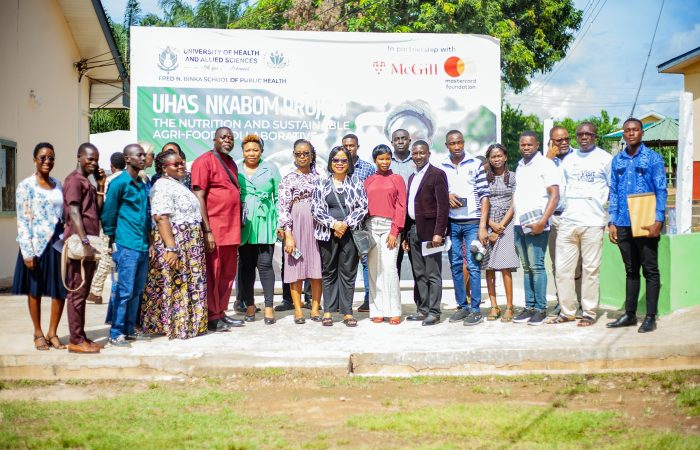Women and girls have been disproportionately hit by COVID-19 as the pandemic worsens existing gender inequality.
Humanitarian crises can affect the lives of men and women differently – and the coronavirus pandemic is no exception.
Women have shown better COVID-19 outcomes than men – in part thanks to an additional X chromosome and sex hormones like oestrogen, which provoke better immune responses to the virus that causes COVID-19. But any such advantage is reversed when it comes to the social and economic effects of the pandemic; here the brunt falls heaviest on women.
“COVID-19 has had a devastating social and economic impact on women and girls, reversing decades of limited and fragile progress on gender equality,” United Nations Secretary-General Antonio Guterres warned last week.
Since governments around the world shut borders and slowed economic activities to curb the spread of the coronavirus, the global economy is expected to shrink by more than five percent in 2020 – this would be the worst recession since World War II.
Such economic hardship, though, reflects differently on men compared with women, who represent 39 percent of the global workforce but account for 54 percent of overall job losses.
“What has disproportionately affected women is insecurity and loss of employment because women tend to work in informal sectors with no financial protection or benefits,” explained Avni Amin, a scientist working at the department of sexual and reproductive health and research on violence against women at the World Health Organization (WHO).
As an example, more than 90 percent of the labour force in sub-Saharan Africa is composed of informal workers, most of whom are female, whose jobs are more at risk due to the pandemic, according to a World Bank report.
“Women tend to work in informal sectors, so when the economy goes down, they are the first to lose their jobs”. AVNI AMIN, WHO
Overall, women’s work is 1.8 times more vulnerable than men’s, according to data gathered by the management consulting firm McKinsey & Company.
“Women tend to work in informal sectors, so when the economy goes down, they are the first to lose their jobs,” Amin said.
The risk is not just on the economic front. Women make up 70 percent (PDF) of the global health workforce and are highly represented on the front lines. As a result, they are more frequently exposed to infected patients.
Data gathered by UN Women shows that of all healthcare workers infected with COVID-19 in Spain and Italy, 72 percent and 66 percent respectively were women.
Source: Aljazeera



Your enticle helped me a lot, is there any more related content? Thanks!
Can you be more specific about the content of your article? After reading it, I still have some doubts. Hope you can help me.
Thank you very much for sharing, I learned a lot from your article. Very cool. Thanks.
Thank you for your sharing. I am worried that I lack creative ideas. It is your article that makes me full of hope. Thank you. But, I have a question, can you help me?